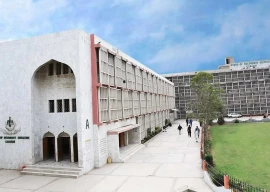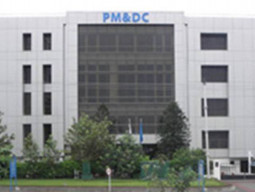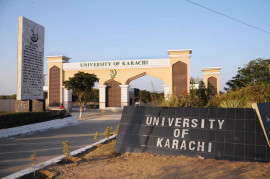
Addressing a press conference at the central bank’s head office, SBP Governor Ashraf Mahmood Wathra painted a rosy picture of the economy by saying that economic conditions at the beginning of the year 2014-15 are ‘certainly better’ than a year ago.
The monetary policy rate, which is announced every two months, is the interest rate at which commercial banks are allowed to borrow from the central bank’s discount window. The central bank uses this tool to control inflation by changing the level of money supply in the economy.
The SBP, though, has its reasons to be optimistic about the economy. Stability seems to be returning to the foreign exchange market, with the SBP-held foreign exchange reserves amounting to $9.4 billion on July 11 and the exchange rate holding at just Rs100 to the dollar.
Similarly, the average Consumer Price Index (CPI) inflation in the fiscal year 2013-14 has remained in single digits (8.6%) for the second consecutive year, with the SBP expecting the CPI to clock up at 7.5%-8.5% in the fiscal year 2014-15.
Compared to 15.9% in the fiscal year 2012-13, the year-on-year growth in broad money decelerated to 12.5% in the fiscal year 2013-14, which is the lowest monetary expansion during the last three years.

Screenshot from the State Bank Monetary Policy Statement for July 2014.
Higher external inflows starting in February also substituted part of government borrowings from the banking system. Government borrowings for budgetary support from the banking system clocked up at Rs303 billion in the fiscal year 2013-14, which is only 21% of Rs1,446 billion borrowed in the fiscal year 2012-13.
Yet, the SBP’s central board of directors chose to keep the rate flat for the next two months, saying ‘challenges and vulnerabilities remain’.
No wonder many observers have raised questions about the autonomy of the SBP when it comes to bi-monthly discount rate revisions.
A question mark over independence
Speaking to The Express Tribune, Topline Securities CEO Mohammad Sohail said it was difficult to understand the SBP’s rationale to maintain the discount rate at 10%.
“All fundamentals are in favour of a reduction in the interest rate,” he said while mentioning contained CPI, increasing foreign exchange reserves and reduced government borrowings.
“It looks like some other force is stopping the SBP board from taking the rate cut decision,” Sohail noted.
Replying to a question about the perceived lack of autonomy, the SBP governor said the central bank functioned independently and free from any external pressure.
“The SBP central board of directors is fairly independent. We believe we have autonomy in deciding the monetary policy. We have no issues there,” he said.
In its third review of the Extended Fund Facility released on July 7, the International Monetary Fund (IMF) highlighted ‘weaknesses’ in the SBP, including ‘constraints to its autonomy in the pursuit of its objective’.
The Washington-based lender also suggested that ‘an independent decision-making monetary policy committee should be established’ to design and implement monetary policy and prohibit any form of new direct lending from the SBP to the government.
Referring to the objections raised by the IMF, SBP Monetary Policy Department Director Dr Hamza Ali Malik said the central bank and the IMF have ‘many disagreements’, including those on the issue of independence.
He noted that the rate revisions are carried out by the SBP central board, which happens to be ‘fairly independent’. Malik added the IMF’s observation was solely in the context of fiscal borrowings, which have dwindled significantly since March 2012.

















COMMENTS
Comments are moderated and generally will be posted if they are on-topic and not abusive.
For more information, please see our Comments FAQ